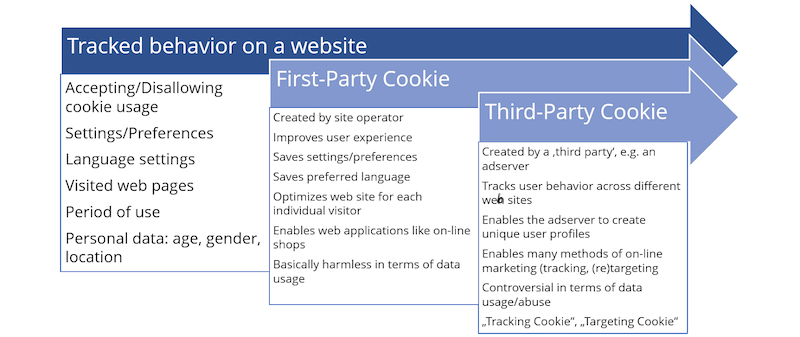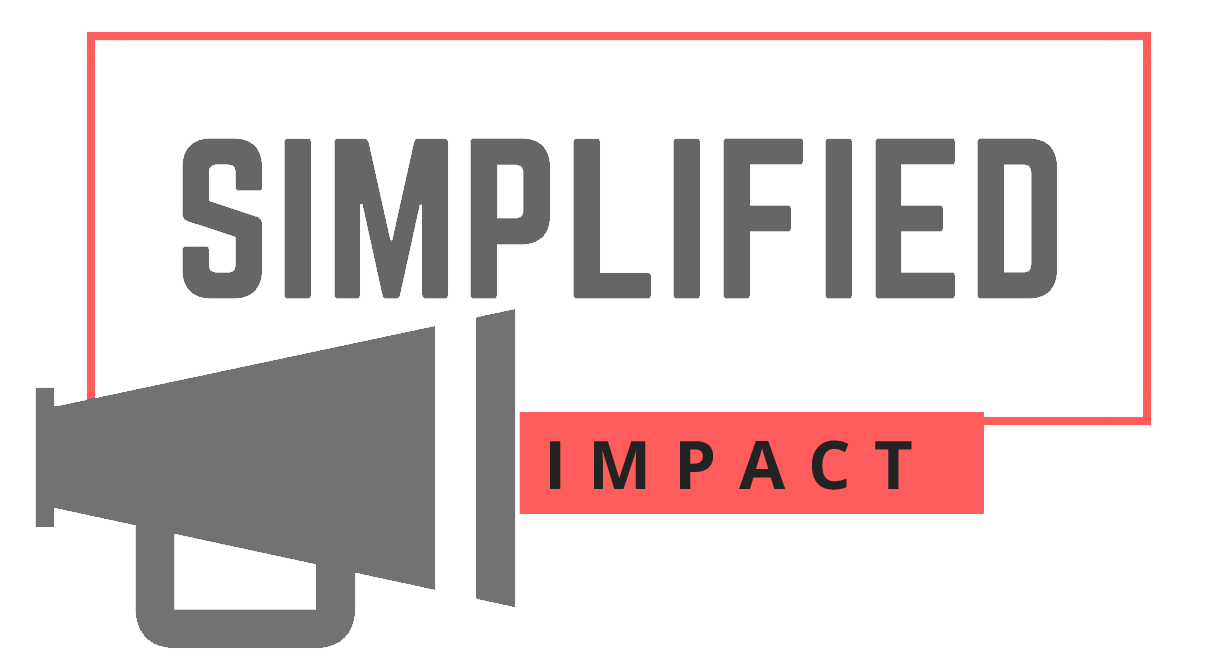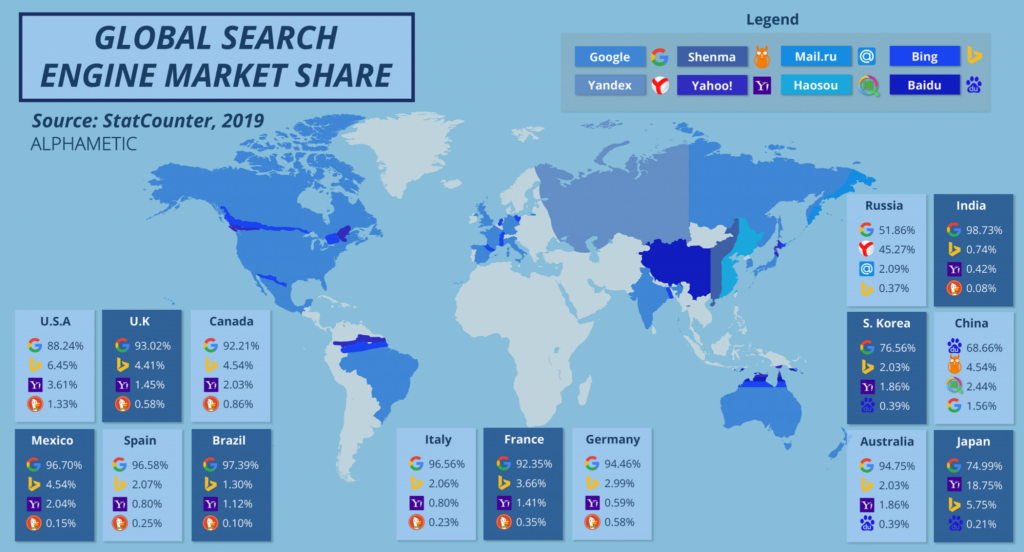The Third Party Cookie is dying, and nobody wants to be stuck with their hand in the jar when it does. Even with the three-year period that Google has adopted, many marketing agencies will be scrambling to keep up with the changes.
Advertising will no doubt be less effective because, without Third-Party Cookies, the same old tactics won’t work anymore. No more extensive tracking of individuals means no more aggressively targeted ads, and 1st Party Data optimization will be much more impactful.
Google claims their new systems will be 95% effective at tracking user behavior, but there’s no way to know for sure. As a result, maintaining good organic traffic and maintaining your first-party cookies could become more critical than ever.
If you want to keep up in the new marketing world, you will need the tools. This blog will be your guide to understanding and navigating the death of third-party cookies.
What’s Happening?
It isn’t easy to keep up with everything that’s happening in the world of digital marketing & data protection. Don’t think that the YouTube ad gurus and other various Chad/ Brads of digital know everything- they just want to seem like it to close more sales.In 2012 Safari in Firefox phased out the Third Party, and recently Google announced that it would be doing the same by 2023.
A cookie is a non-executable text file downloaded onto your computer when you visit a website and exists to store information about you.
If you have ever come back to a site that saved what you put in your shopping cart, you’ve experienced what a cookie does. Think of it as a virtual laundry ticket that makes it easier for websites to remember and give you what you need faster. What’s the difference between a first-party cookie and a third-party cookie? The site operator creates a first-party cookie to save your information (1st party data) for a better user experience. A third-party cookie is created by someone other than the site owner and tracks user information across various URLs.
You may wonder why this matters now. After all, if everyone else has already phased it out, then Google doing it shouldn’t be that big of a deal.
The difference is that Google has the largest market share of any search engine.
Take a look at this scary graphic below 😱The use of third-party cookies has allowed advertisers to utilize copious amounts of user data to hyper-target consumers based on their browsing history. In less than two years, that will all be gone. There will still be user tracking and 1st party data, but not nearly as detailed as the tracking we can collect with the help of Third-Party Cookies, having enormous implications for companies that rely on this intensive targeting to survive.
This will force strategic metamorphosis in the world of marketing and advertising. The move to a more grassroots organic approach will pay enormous dividends.Why Google is Killing Cookies
Since the Cambridge Analytica scandal, most people have realized how much information websites are collecting about them.
feel that advertisers, technology firms, or other companies track what they do.
81% say that the potential risks they face because of data collection outweigh the benefits. Under GDRP, websites must ask their users to consent to let a website activate its cookies and track their personal data which isn’t mandatory in the US just yet. Still, the advent of local privacy laws like the California Consumer Privacy Act has forced large corporations like Google to prepare for future regulatory compliance changes.
Google’s FLoC will protect consumer anonymity by segmenting each person into a cohort based on their interests.
So advertisers will still know what a person likes by looking at their IP address, but little else.
The other reason that Google has to make these changes is that they benefit from them. By removing access to third-party cookies, Google is essentially forcing you to play their game.
We will play ball!
Realistically you can’t have an organic strategy without implementing Google’s best practices. You don’t see people making a big stink about Bing algorithm changes.
It is doubtful that anything Google does will result in the death of marketing or advertising- however, changes mean that marketers will need to expand their expertise into other areas to keep their clients happy.
Again, though, anyone who is prioritizing the collection and synthesis of First Party information will already have a considerable advantage.
First Party Cookies & 1st Party Data
Even though Third Party Cookies are disappearing, First Party Cookies will still be around. However, there are significant differences between the two types of cookies, as where FPC’s are there to maintain regular website functions, Third Party Cookies exist for data collection purposes. So while
you may not realize when a Third Party Cookie is tracking you, it is pretty apparent when a First Party Cookie is hanging around.
First Party Cookies are what websites use to track their metrics and employ quality of life features for users. For example, they are what keeps you signed in to your Facebook account even after you swap web pages.
Without first parties, you would have to sign in every time you clicked on a new page. They are also what allows Amazon to save your shopping cart.
Don’t worry- None of those features are going anywhere. On the contrary, they will become even more important to online businesses.
Companies that can track and target their users will have a considerable advantage in the post-cookie world. Facebook, for example, probably isn’t too concerned about these changes as they already know everything about you that they need to.
There already exists a market where businesses can purchase user data that someone has already collected. Which could mean that larger websites will have even more incentive to sell the user data they collect.
Realistically this is already happening. Advertisers have been purchasing email lists since the inception of digital marketing, and, in our opinion, the buying and selling of information online will become increasingly commonplace.
Third-Party Cookies
If you have ever clicked on a pop-up asking if you accept cookies, you have Third Party Cookies on your computer. These can come from any website.
Legally a site has to ask for your permission before doing anything, but once the cookies are there, they track you wherever you go.
Somewhere, actually, in multiple places, there is a file containing your name, gender & demographic info, interests, and browsing habits.
Advertisers are using all of this info to target you with hyper-specific advertisements. In 2012 there was even a story about how Target’s data collection had figured out a girl was pregnant before her father knew. So imagine where we are now that it’s 2021!!
What to do to Stay Ahead of the Changes
If you are service-based, we’ve found that Facebook lead ads, Google lead form extensions, Snapchat lead form campaigns, and Tik Tok lead gen campaigns are effortless ways to both grow your email list and gain valuable information about your consumers. As usual, e-com clients find that offering promo codes and discounts build tremendous traction. Learning how to track user behavior on your site will enable you to define your own re-marketable cohorts. To learn more about how to track any event on your website, check out our blog on how to set up event tracking with google tag manager. Creating goals within google analytics is another essential part of creating your custom audiences. To learn how to build out your funnels in google analytics using goals, check out this great blog written by our friends over at CXL.





